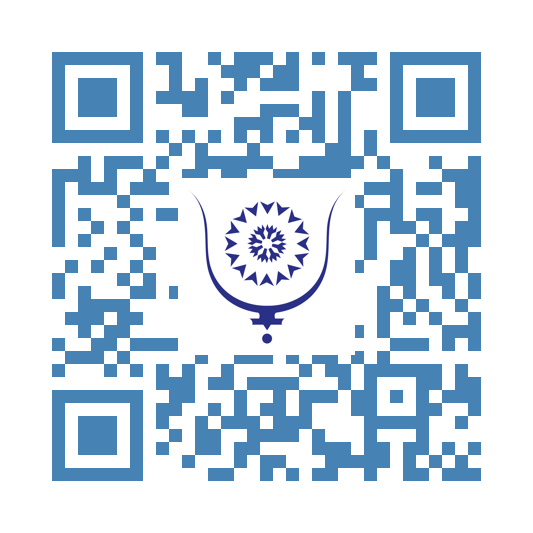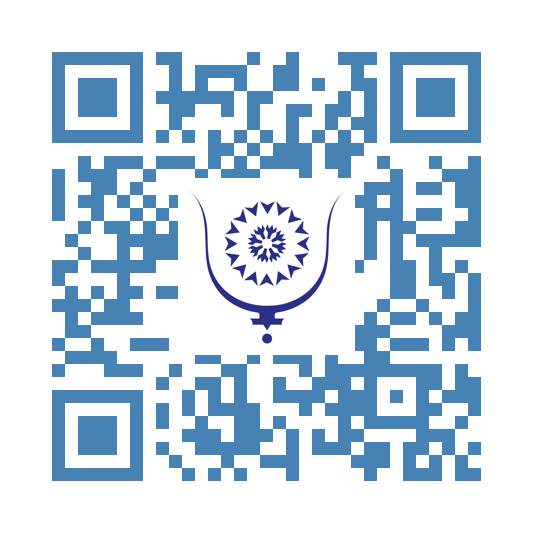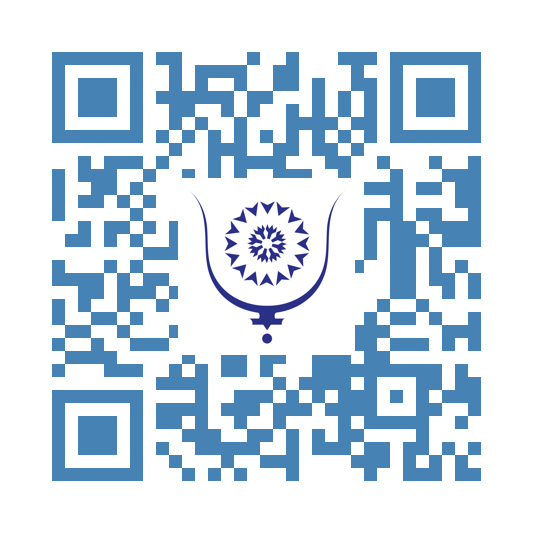Cultivating an environment that welcomes ideas spontaneously. 7632
TL;DR:
Ideas used to frequently pull me away from reality, to the detriment of my relationship with those around me. I learned to communicate my intention based on my need to write down my ideas spontanously, and invited my family to criticize it while still maintaining that it would happen. This gave them more control over the situation and dissolved all tension and frustration. Now they actively contribute to the process and my ideas coalesce more naturally into finished projects.
----Ideas are slippery and sneaky creatures if you allow them to be
An unfortunate element of my reality is that I tend to have my best ideas in the worst possible moments for having ideas. My mind does its creative boogaloo when my body runs on auto-pilot. Examples of this include, but are not limited to: showering, driving, kids' bedtime, and eating any meal of the day.
This is a two part problem, since ideas tend to come and go very quickly. They pass through my mind almost as if trying to avoid being detected, all while being the center of attention. Like mobs in a Tower Defense game. So by the time I get my body off of cruise-control, I'm already focusing on moving on to the next thing and the idea successfully evaded me.
The bonus third part of this two-part problem (and really the main reason that any of this situation is even a problem) is that I simply can't recall my ideas when I make time to be with them. Song lyrics, image rough sketches, game concepts, ideas for youtube videos on one of my multiple channels, clarifications and improvements for existing rules in games I already made, philosophical concepts and random epiphanies (I'm a big fan of r/showerThoughts)... Just so many mind-blowing things, and they disappear into the obscure corners of my mind as soon as I get around to writing them down.
----Moving on though, I've had to find ways to work with myself as opposed to against myself, but it took me quite long to realize that I'm not the only factor in this equation. My immediate environment (and the people in it) being the other major factor, and I ended up experimenting a lot with what degree of influence I have over said environment to cater to the randomness of my brain. Believe me, I tried lots of different ways to get this to work with low-to-moderate amounts of success, which isn't enough. Too many ideas leak through, only to come back in the next wave during the while I'm at work, or when I'm trying to get to sleep, or meditating.
Cutting to the chase a bit: the best solution that I've found is to simply observe the impulsive and spontaneous nature of my mind, and accommodate it as such.
Solutions come by themselves after that crucial first step:
- I have one of those classic "Ideas" notebooks, with bookmarks and categories that I carry around with me semi-constantly.
- I record myself on my phone when I can't stop to write, I setup it up so I can begin recording in one-touch.
- I have specific moments planned in my week dedicated to keeping things organized and transcribing my recordings.
- The most important one: I have been very transparent about everything to my partner and kids, and openly invited them to criticize my spontaneous scribbling notes at the dinner table, and sudden my interruptions when they are talking to me.
----Let's unpack that last one, because it is rooted in one of the main blockers for this sort of thing.
What makes this a blocker is my tendency to obsess over the objects of my passions and interests (yet another mind-goblin I had to wrestle with before ultimately accepting as a part of me). It took me lots of mental gymnastics to admit in a self-accepting way that I tend to think "screw the rest, THIS is the most important thing right now" and just mentally disappear from reality, resulting in the stereotypical "zoned-out dad at the dinner table". I don't want to fit into any stereotypes, so I was quick to force myself to stay locked in on reality, which ultimately made me shake off lots of ideas and thoughts that were important to me, that I can't simply recall when I have time for them.
The first time I tried to regularly allow my spontaneous ideas to freely claim my full attention, I ended up being frequently and suddenly unresponsive, unavailable, and overall kind of an a-hole. So I made the obvious ego-centric mistake of prioritizing my own head-space above my IRL living-space and its well-being, which incidentally includes my favorite humans. I hate making obvious mistakes and falling into obvious traps. Felt_bad_man.jpg
----"Stop trying to control everything and just let go. LET GO."
Ultimately, what helped was my ability to communicate my intention based on my need and, the most super important element of this recipe, invited my family to criticize it while still maintaining that it would happen. This gave them a fair amount of control, which in turn let them let me do my thing, lovable bunch that they are.
The end result of all this, now that it's more comfortably established, is that my ideas have a place to call home in my notebook, and the guilt and frustration of "mentally disappearing" are no longer present. My family even helps me sometimes by hitting "record" when I'm driving, and sometimes we discuss my ideas and they help move things forward or connect dots. This is a great feeling for me personally, to be able to connect with them on this matter which initially I thought was something that was initially isolating and segregating.
But more generally speaking, my ideas now tend to mingle amongst themselves in my brain and in my notebook, as opposed to dodging each other or arguing for the spotlight like they used to, and they coalesce into greater concepts and better games. There is a bit of a wholesome full circle thing going on that I haven't quite put my finger on, but it's definitely there.
Cultivate your environment to spontaneously welcome your ideas, and include the people in your life in the process, and you'll enter a new paradigm.




